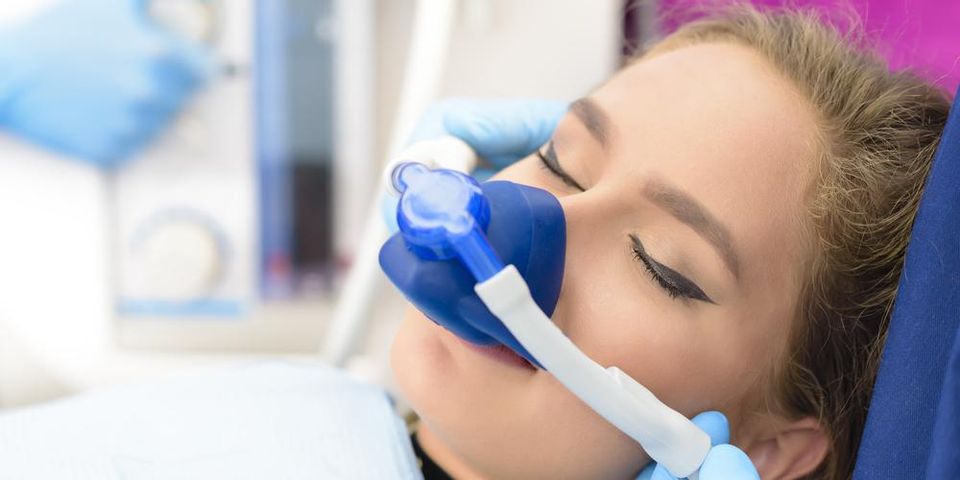A Simple Guide to the History of Sedation Dentistry

Maintaining healthy teeth and gums is crucial for every individual. That being said, even patients with excellent oral care routines may get anxious when it’s time to visit the dentist or an oral surgeon. As such, sedation dentistry has become an integral tool to reduce pain and to keep nervous patients at ease. Below is a brief history to understand how dental surgery and routine appointments have improved through sedation techniques.
A History of Sedation Dentistry
1. Early Usage
This practice began over 200 years ago. Joseph Priestley discovered nitrous oxide or “laughing gas” in the year 1772 and utilized the gas for entertainment and preservation. The first use of inhaling nitrous oxide to calm patients and reduce pain in the field of dentistry was done in 1844 by Horace Wells. During an early demonstration of this sedative at Massachusetts General Hospital for a tooth extraction, sufficient levels of nitrous oxide were not administered. As a result of the failed exercise, it took another 20 years before inhaled sedation was widely accepted by the field.
2. Dental Anesthesia
Oral surgeon William T.G. Morton shepherded a new era in the field when he successfully completed a painless procedure in 1946 using a sulfur-ether compound. During this era of testing and discovery, dentists and surgeons in the field tried a variety of gases and chemicals meant to reduce pain. While some early options, such as cocaine, proved  too dangerous and difficult to control dosage-wise, new formulas were created to ensure patient safety. Anesthesia today can be used in a localized form to numb a particular area of the mouth or in a general sense to put a patient to sleep during their appointment.
too dangerous and difficult to control dosage-wise, new formulas were created to ensure patient safety. Anesthesia today can be used in a localized form to numb a particular area of the mouth or in a general sense to put a patient to sleep during their appointment.
3. Modern Sedation Dentistry
Sedation dentistry is widely accepted in a variety of forms to reduce patient anxiety and relieve pain. The most common types are inhaling nitrous oxide and oral medication such as valium that has a calming and drowsy effect on users. Other options include IV sedation where your dentist or oral surgeon will administer a sedative directly into your veins using an IV. This option is frequently used if the dentist needs you to answer questions or follow directions during the visit. In rare situations, an anesthesiologist may be utilized to administer a sedative that puts the patient to sleep entirely.
Oral Surgery Associates of Alaska has established a stellar reputation throughout the Greater Anchorage area for excellent dental surgery options. As experts in their field, this team of caring, compassionate oral surgeons take pride in helping patients achieve better oral health through sedation dentistry. If you’re looking for a trusted dental practice that provides jaw surgery, dental implants, and wisdom teeth removal, call them today at (907) 561-1430. For more information on their procedures, visit their website.
About the Business
Have a question? Ask the experts!
Send your question

